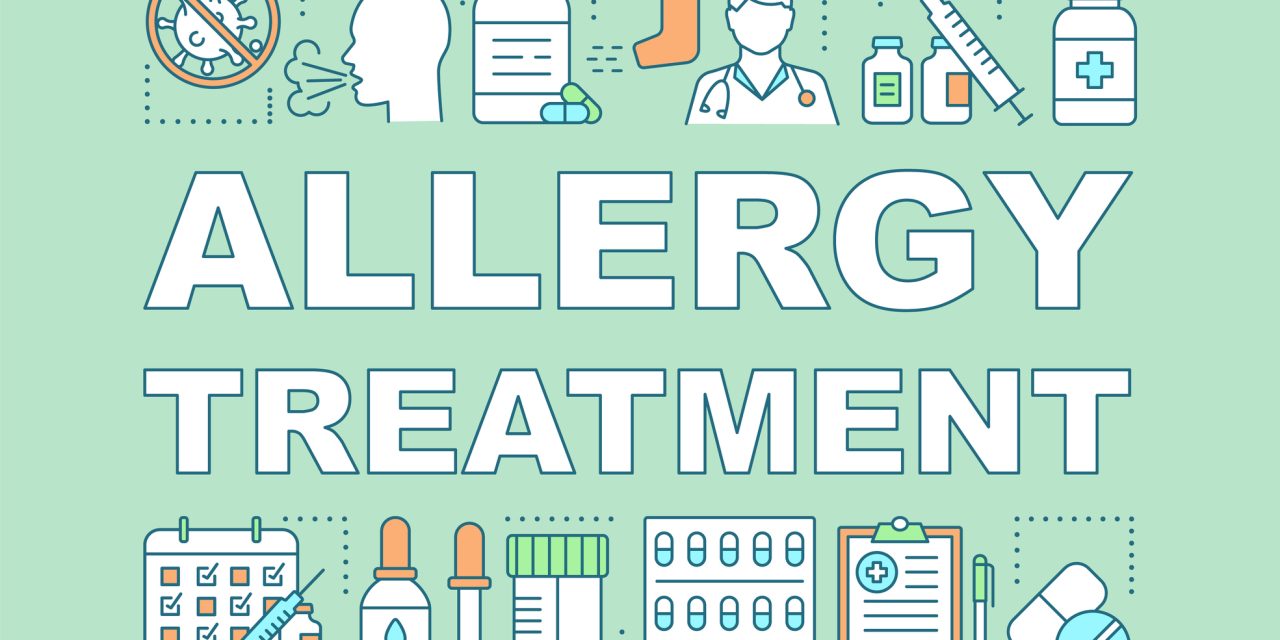This study determined sIgE levels in the adenotonsillar tissues of children with adenotonsillar hypertrophy. It evaluated the clinical significance of local atopy in adenotonsillar tissues.
Seventy-two children with adenotonsillar hypertrophy were sensitized to more than one allergen in the serum and adenotonsillar tissue. Thirty children had no IgE positivity to any allergen in both serum and adenotonsillar tissues. Fifty-five were sensitized to at least one allergen in the serum. Seventy were sensitized to at least one allergen in the adenotonsillar tissue. The rate of inhalant allergen-specific immunoglobulin E was considerably higher in the adenoids than in the tonsils. However, the quality of food allergen-specific immunoglobulin E was significantly higher in the tonsils than adenoids. The lifetime prevalence of asthma and allergic rhinitis, recent symptoms or treatment of allergic rhinitis, and severity of nasal symptoms were significantly higher in children with local atopy than with nonatopy.
This study concluded that allergic response might be a risk factor for adenotonsillar hypertrophy. Local allergic inflammation may play an essential role in childhood adenotonsillar hypertrophy, and local atopy in adenotonsillar tissues can cause respiratory allergic symptoms in children.
Reference: https://journals.sagepub.com/doi/full/10.1177/1945892418765003


